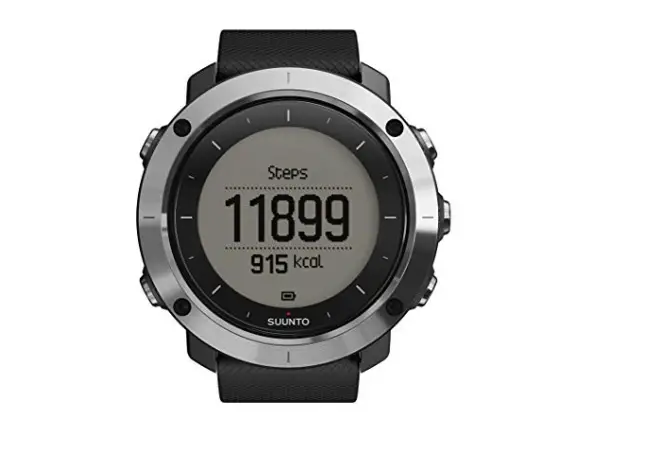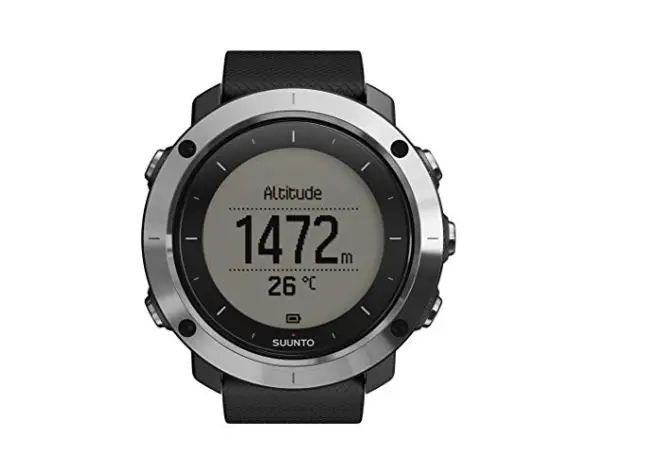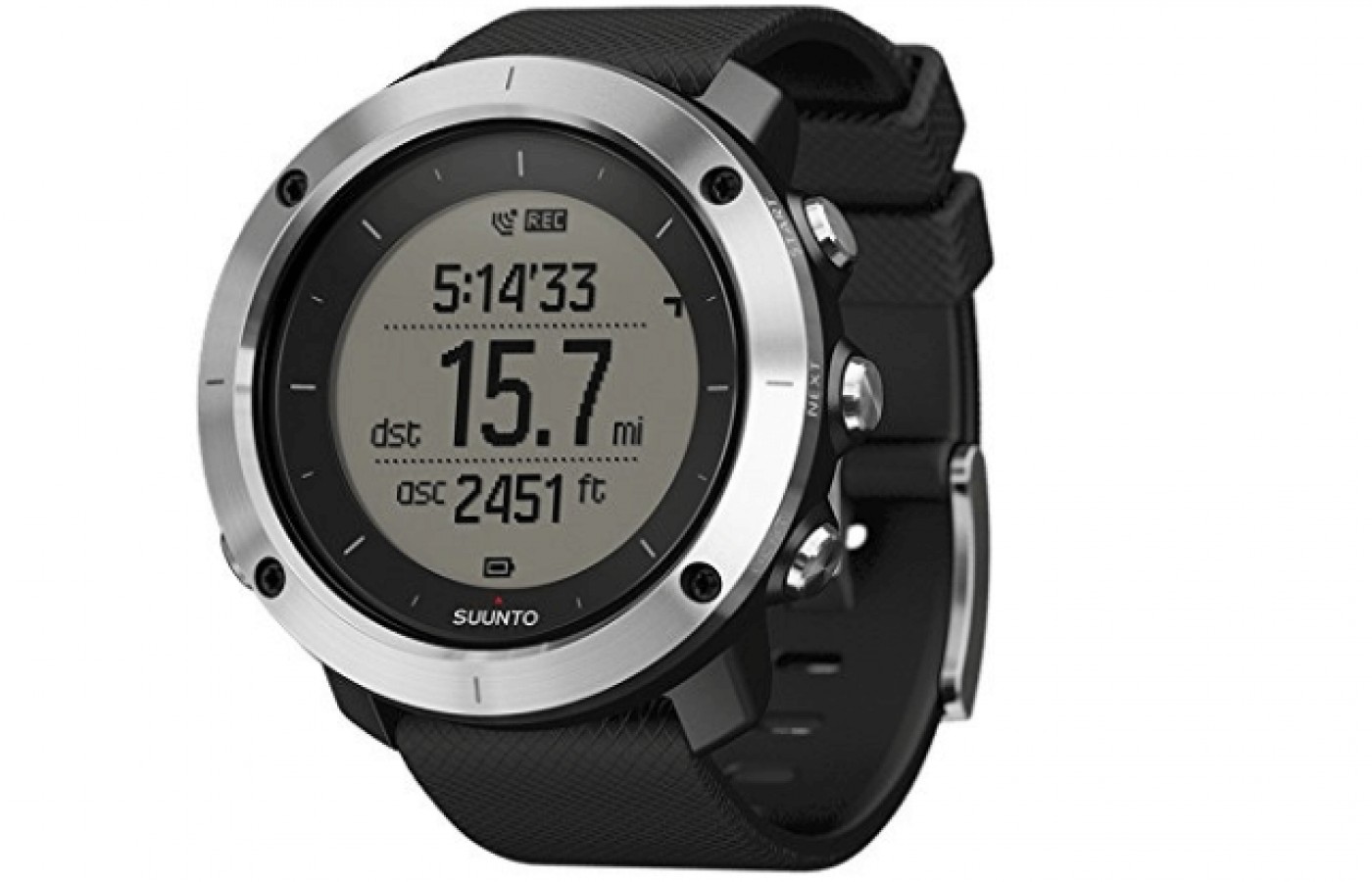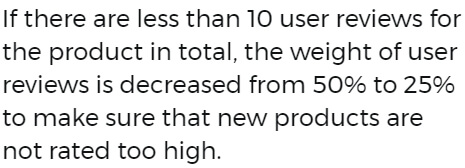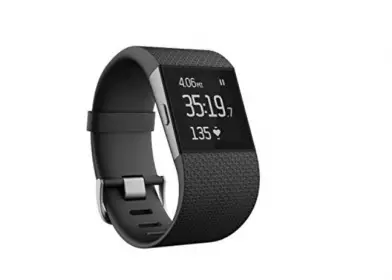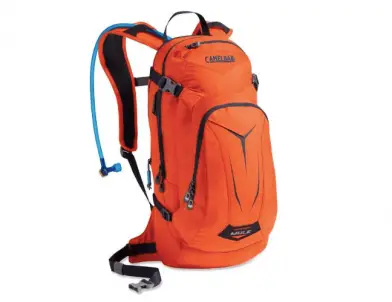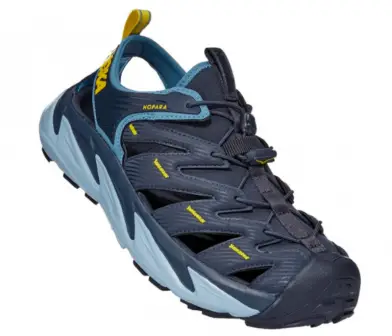Suunto Traverse
Suunto Traverse Review Facts
Suunto Traverse is reasonably good fitness tracker with great barometric and altitude features. It serves well as an altimeter watch but impresses with its GPS-enabled options as well. It is possible to navigate to selected points while being able to track fitness patterns with utmost ease. The feature list is nice, but it may not be as extensive as in some other options, such as the Suunto Ambit3 Peak or the Garmin Fenix 5. The Traverse still manages to maintain a good place in the world of fitness trackers, and that is for many good reasons too.
Editor's Pros & Cons
Pros
- Highly accurate altimeter with the ability to switch between the barometer and altimeter mode on its own
- Navigation works amazingly well because the watch uses the GLONASS and GPS for route and POI navigation
- Availability of Suunto Movescount with topographic maps makes route planning a breeze
- Works impressively for altitude tracking
- Comes equipped with a fairly accurate compass and serves well to record number of steps and calories burnt
Cons
- Good GPS watch but takes a lot of time to connect to the satellite
- Battery life is not nearly as good as some other fitness trackers and multi-function watches in this crowded category
- Wristband performs well to keep the watch secure but can get extremely hot because of a limited number of holes on it
- Comes equipped with a number of features but offers no real instructions to enable those features after you turn it on for the first time
Display
The Suunto Traverse watch offers its wearer a good interactive experience. The mineral glass display is large enough to see and use different features with ease. Coupled with large fonts and a display that can be inverted, you can adjust the contrast to use the watch day or night with equal ease. For nighttime use, there is a useful backlight with three modes, including night, normal, and toggle. Its flashlight mode keeps the display lit at its maximum brightness for as long as needed. Overall, the display quality is certainly not bad at all for a watch with this price tag.
Build Quality
Even though the watch is not overly large, the build quality is still reasonably good. The materials used give it a rugged feel, and at the same time, ensure that you can use it underwater as well. It comes with a waterproof rating of 10bar, which means it stays good down to 100 meters underwater.
Comfort
The overall design is good and the slim face adds to it. The silicon watch band offers a secure and relatively tight fit around your wrist. You can wear the watch over and under clothing without breaking any style rules. There are some who have raised the issue of the strap getting very hot on summer days. It could be because there are watch holes only on one side of the silicon band. Your wrist may become a bit sweaty, but it is no deal-breaker. However, it would be nice if the band did have an ergonomic insert, like the Suunto Core Alu or the Suunto Ambit3 Peak to deal with the issue.
Ease of Use
There are five function buttons, most people will be able to cope with memorizing them but there are also some who might find it a challenge. An important issue is that you cannot use it for activity tracking unless you have created a profile first. It is not difficult though, as you can do it using your smartphone, but you may not want to carry a smartphone, especially when you're into climbing.
The barebones instructions provided will not help. It takes some perseverance and a bit of fiddling if we are honest, to get everything set right. The user needs to remember to hold down the bottom left button for a few seconds at the waypoints and record the route with two button presses. Data, such as altitude and ascent are accessed by scrolling. The Traverse is not dissimilar to the Suunto Ambit3 Peak, which might help a little if you are familiar with it.
The barebones instructions provided will not help. It takes some perseverance and a bit of fiddling if we are honest, to get everything set right. The user needs to remember to hold down the bottom left button for a few seconds at the waypoints and record the route with two button presses. Data, such as altitude and ascent are accessed by scrolling. The Traverse is not dissimilar to the Suunto Ambit3 Peak, which might help a little if you are familiar with it.
Altimeter and Barometer
Like other models, the barometer and altimeter are together in the Traverse, and three alt-baro profiles - altimeter, automatic and barometer add to its efficiency. The automatic profile is a good feature as it works with your motion, switching from a barometric pressure graph at still to the altimeter when going up or down with any input from the user.
The Fused Alti is another good feature. It calibrates using the GPS function and sea pressure. The barometric graph gives information regarding the rise or fall in the air pressure, which is useful if you need to watch the weather. The trip summary and data log features and access to your speed when descending or ascending are other useful features.
In terms of altimeter accuracy, the Traverse will not disappoint you, even though the Suunto Core Alu and the Suunto Ambit3 Peak are slightly better in this regard. It is worth mentioning that even though the Traverse offers reliable readings, you may notice that its accuracy changes from day to day. Even when the readings are off, they stay between 50 and 500 feet with regular calibrations. What it means is that you will certainly find the altimeter on Traverse to be reliable, but do not forget to calibrate it regularly to get the most accurate results.
The Fused Alti is another good feature. It calibrates using the GPS function and sea pressure. The barometric graph gives information regarding the rise or fall in the air pressure, which is useful if you need to watch the weather. The trip summary and data log features and access to your speed when descending or ascending are other useful features.
In terms of altimeter accuracy, the Traverse will not disappoint you, even though the Suunto Core Alu and the Suunto Ambit3 Peak are slightly better in this regard. It is worth mentioning that even though the Traverse offers reliable readings, you may notice that its accuracy changes from day to day. Even when the readings are off, they stay between 50 and 500 feet with regular calibrations. What it means is that you will certainly find the altimeter on Traverse to be reliable, but do not forget to calibrate it regularly to get the most accurate results.
Compass
The digital compass is on par with other top brands. It is dependable and points true north as it should. This tilt-compensated compass is reasonably accurate but you will have to calibrate the declination manually. The presence of a nifty bearing lock is another added benefit.
Timekeeper
The Traverse comes equipped with classic timekeeping functions, which is why it is among the most popular altimeter watches around. There is, naturally, a stopwatch, countdown timer, GPS time and one daily alarm. Whilst these features are good, anyone wanting more alarms will find a Casio more useful.
Navigation and GPS
One of many selling points of the Suunto Traverse is its GPS functionality. The combination of GPS and GLONASS navigation systems play a big role in providing highly accurate readings. You can easily plan your route even before you leave your house. Using topographical maps from the Movescount app is somewhat inspired.
Like all watches in this category, it can take a while to connect to a satellite but once in the navigation is reasonably efficient. But one can overlook that when there are other several other worthwhile navigation features, a log book to record types of distance, activity, or speed, a ‘find back’ feature for return journeys, the ability to change map orientation and points of interest icons, to name a few.
Like all watches in this category, it can take a while to connect to a satellite but once in the navigation is reasonably efficient. But one can overlook that when there are other several other worthwhile navigation features, a log book to record types of distance, activity, or speed, a ‘find back’ feature for return journeys, the ability to change map orientation and points of interest icons, to name a few.
Step Calculator
The Suunto Traverse seems to work quite effectively when you want a tracker to calculate step count. The step accuracy is quite impressive, and the same holds true for the calorie counter you find on the Traverse. Just keep in mind that it is important to calibrate the watch to ensure you get correct readings.
Heart Rate Monitoring
Though the watch does not come with a built-in heart rate monitor like many other fitness trackers, it is easy to connect it with the Suunto Bluetooth heart rate belt. It is worth mentioning that the heart rate monitor works efficiently and reports data accurately too, but you may notice some errors when it monitors heart rate during extreme training. The readings are lower than the actual heart rate number, but the difference is usually close to 5-10BPM, which is acceptable for an entry-level watch like the Suunto Traverse.
Battery Life
The Suunto Traverse is so good at so many things, but one aspect that really needs serious attention is its battery time. When compared to many other fitness trackers and watches in this category, the Traverse is the worst performer. Even if you opt for the regular setting and use a GPS point in 60 seconds, you get no more than eight hours of play, which is disappointing. You will see the Garmin Fenix5 and even the Suunto Ambit3 Peak last twice as long.
The battery life is not that impressive even when you stay away from the GPS. The company says it lasts up to a couple of weeks, but you will run looking for a charger in just over a week. The disappointing battery life certainly limits the ways you can use the Traverse.
The battery life is not that impressive even when you stay away from the GPS. The company says it lasts up to a couple of weeks, but you will run looking for a charger in just over a week. The disappointing battery life certainly limits the ways you can use the Traverse.
Connectivity
Thanks to the availability of a Bluetooth adapter it is possible to connect the Traverse to several devices. Connecting to a smartphone is straightforward, once the Suunto App is installed, and becomes the phone become secondary display screen for the Traverse. Users may also appreciate being able to connect a Bluetooth heart rate belt to the watch even if it is not possible to use the watch with bike or cadence POD.
Apps
You can install the Suunto Movescount App on an android phone to start using the Traverse and collect data. The app uses data and creates a 3D map of your outings. It is possible to access it to review your training whenever you want. The only complaint from users is the slow connectivity through Bluetooth. The easy way out is to use the cable for connection.
Value
If you can somehow bear with its limited battery capacity, you will find the Traverse to be a good buy, mainly because of its altimeter features and accurate GPS functionality. The battery life is the only concern here, which is why many people often end up buying the other alternative, the Suunto Ambit3 Peak that comes with an impressive battery life and features almost the same as the Traverse.
Comparison to Other Brands
The Suunto Traverse has good altimeter and barometer features. In fact, the profiles are much better than the Casio PRW-6000Y and the Suunto Core Alu. It is not comparable the Garmin Fenix 5 though because of its moving data point feature. The data log feature is cool, but historical data is not available as it is on the Suunto Ambit 3 Peak. The display is of a reasonably good quality, but you still cannot compare it to the color display of Garmin's Tactix Bravo.
Best Application
Due to its reasonable size and nice features, you can use it in whatever way you like. However, you also need to keep in mind that the battery life is not that impressive. Therefore, the watch is best suited for short adventures. You can wear it when going on a day hike. It may also serve you well when you've planned a weeklong backpacking trip.
We do not think it is going to help you much when you're on a trip longer than a week, especially if a USB charger is not accessible. Nevertheless, you can still use it for a wide range of activities, including climbing, backpacking, walking, trekking, mountaineering, hiking, hunting, and so on.
We do not think it is going to help you much when you're on a trip longer than a week, especially if a USB charger is not accessible. Nevertheless, you can still use it for a wide range of activities, including climbing, backpacking, walking, trekking, mountaineering, hiking, hunting, and so on.
The Bottom Line
The Suunto Traverse is a good GPS fitness tracker and watch. There certainly are better options, but its low price, built-in altimeter, and highly accurate navigation really go a long way in making it a popular choice. You can get complete information regarding climb and descent metrics as well. It efficiently tracks the number of steps you take and total calories you burn during a workout, and it even helps you keep an eye on the change of weather.
Some people are of the view that it contains so many features that it sometimes becomes difficult to use it properly, and it is actually true to a certain extent, as you have to enable most of the features after you have turned the watch on. But, you do not find it tricky to use after you get used to those buttons. The only real negative is the poor battery life that makes it quite difficult to take full advantage of its amazing features. So, for short trips, you can certainly rely on the Traverse, but for long adventures, you'd be better off putting your money on something like the Suunto Ambit3 Peak.
Some people are of the view that it contains so many features that it sometimes becomes difficult to use it properly, and it is actually true to a certain extent, as you have to enable most of the features after you have turned the watch on. But, you do not find it tricky to use after you get used to those buttons. The only real negative is the poor battery life that makes it quite difficult to take full advantage of its amazing features. So, for short trips, you can certainly rely on the Traverse, but for long adventures, you'd be better off putting your money on something like the Suunto Ambit3 Peak.






